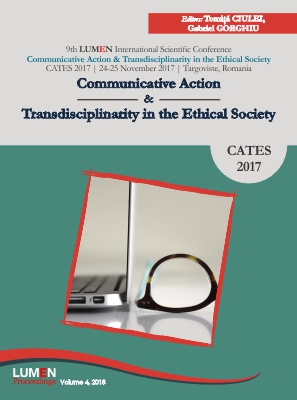“Manly” Presences in Modernity: Social Contract Theory
“Manly” Presences in Modernity: Social Contract Theory
Author(s): Cristina Roxana Neacsu
Subject(s): Essay|Book Review |Scientific Life
Published by: Editura Lumen, Asociatia Lumen
Keywords: Gender; social contract; modernity; feminism; social constructions.
Summary/Abstract: Although gender became an important identity marker only in the twentieth century, significantdevelopments showing concerns with gender constructions can be traced back as early as thebeginning of modernity. The enlightenment announced a reconsideration of many issues that hadbeen taken for granted until then for generations. One can go back as far as to the end of theseventeenth century, when the cradle of political modernity began to take shape, being faced with theintellectual challenge of looking into the legacy of authoritarian thought, which had been reigningboth in important institutions having to do with power (including the catholic church) and inintellectual circles. A range of beliefs that challenged established religious dogma gradually emergedwith their alternative solutions, drawing attention to a very important issue that would announcegreat changes outside the religious realm: the realization that most of the things considered ‘natural’were socially constructed. The study of the modern theories of the social contract will reveal aspectsthat feminists did value and reflect upon, as it will be seen further on, at the same time, themodernity bringing to light important issues for, what it is to become, decades later, men’s studies.The focus will be on three major social contract theorists separately. Each subsection will contain abrief presentation of the respective thinker’s essential arguments regarding the first signs of socialconstructions of gender, with special focus on their ideas about human nature and their denouncingof ‘naturalized’ authoritarian rule. The final goal is that of revealing manly presences and issuesconcerning gender constructions, as perceived in those centuries.
Book: Communicative Action & Transdisciplinarity in the Ethical Society
- Page Range: 201-210
- Page Count: 10
- Publication Year: 2017
- Language: English
- Content File-PDF

